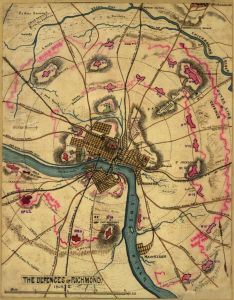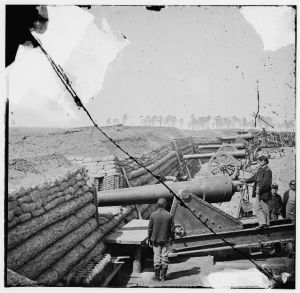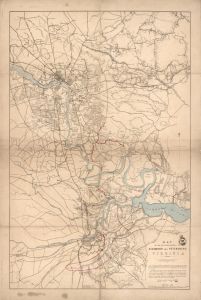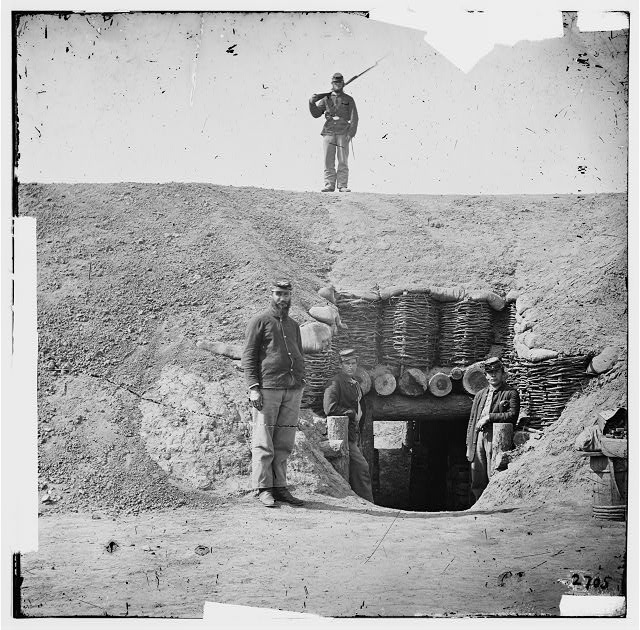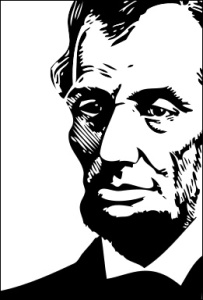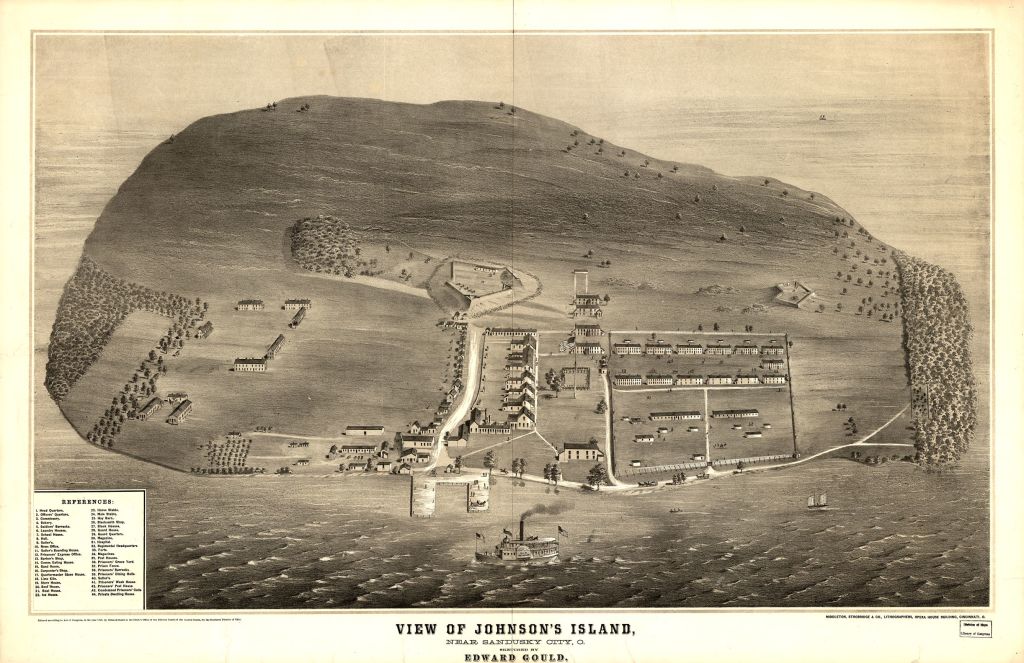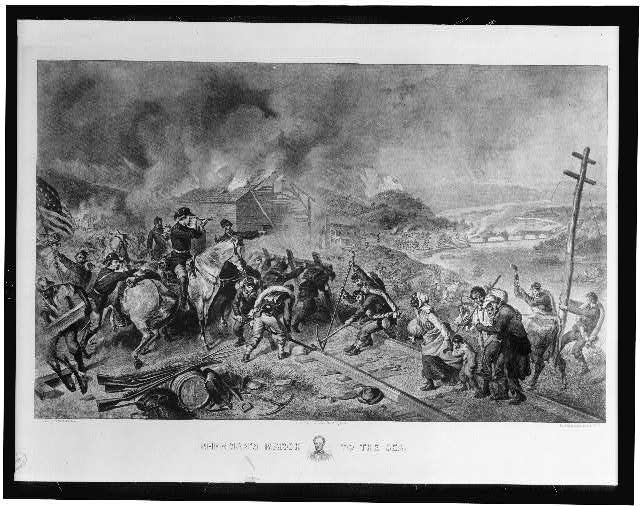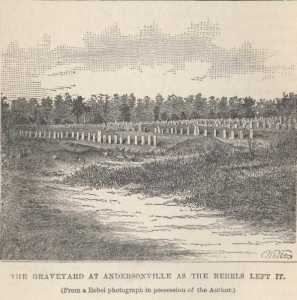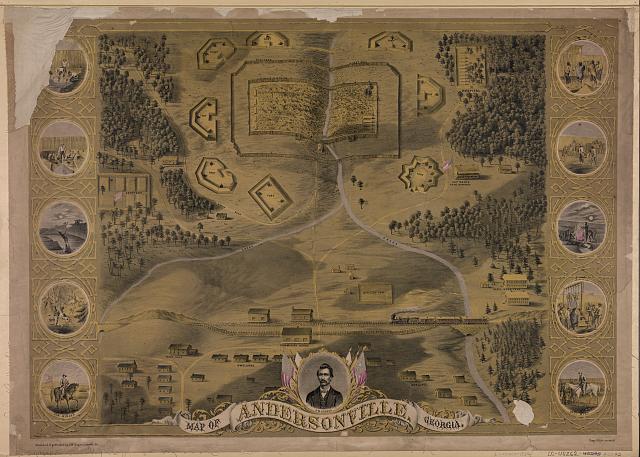From The New-York Times December 4, 1864:
HOSPITAL SCENES.; How the Soldiers Are Buried How Their Remains May be Recovered. Correspondence of the New-York Times. UNITED STATES GENERAL HOSPITAL, FORTRESS MONROE, Va., Thursday, Nov. 17, 1864. BURYING THE DEAD. EXHUMING THE DEAD.
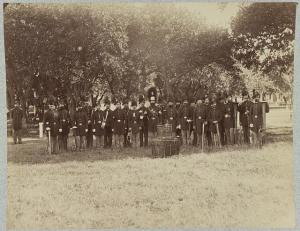
the Dead March and a lively patriotic air (“The Post Band, Fort Monroe, Va., December, 1864” – Library of Congress)
When a soldier dies, his body is washed, enshrouded in a clean shirt and drawers, and with naked hands and feet, is carried on a stretcher by the nurses to the dead-house and put in a plain, red coffin. The soldier’s name, company and regiment are painted on the under side of the coffin lid, to identify the deceased in case of exhuming. At the hour appointed, the escort, drum corps, dead-cart, pall-bearers, and the Chaplain, all being assembled, the funeral begins by placing the encoffined dead in the cart, each one receiving the regular dead salute of a three-fold rapping of the drums and the shouldering and presenting of arms by the escort. We usually take five at a load, all covered over with the glorious old flag they died to honor and defend. All ready, with a slow step, graced with the solemn notes of the “Dead March,” of fife and drum, we march to the graveyard, and with solemn silence consign them to the tomb.
We usually bury eight or ten at once — sometimes not more than five. When the last coffin is let down, all baring their heads, the Chaplain reads an appropriate passage of Scripture, makes a few remarks, often speaking of the dying words and requests of the deceased, and closes with prayer — and the escort, having fired three vollies over their graves, we leave them.
Retiring, the band plays a lively, patriotic air, and the solemn scene is all over, usually without a tear being shed, except when a relative is present.
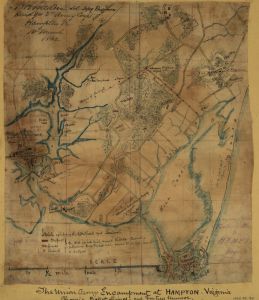
a graveyard at Hampton mapped – March 1862
The graveyard at Hampton, where all the soldiers who have died in Divisions 1, 2 and 4, of this General Hospital, now contains some 1,600 graves, is kept very neat and clean. A neat head-board, with the name, company and regiment of each soldier, and the date of his death, marks the spot where his mortal remains lie.
For the information of friends at home, we state that, to exhume a body, you must get a metallic case and a permit from Dr. E. MCCLELLAN, Surgeon in charge, which can be done by applying by letter at his office here, if you don’t wish to come down, and he will have the body exhumed and sent home by Adams’ Express Company. The cost of case and exhuming is $30; or, you can write to the Express Company at Fortress Monroe, and they will exhume the body and send it wherever desired. A great many bodies nave been taken up this Fall. They go away daily, but not half as fast as we put them there. Such a grave-yard presents a solemn sight. Here lie the old, the young, the educated, the rich and the poor patriotic soldiers. The father recently exhumed the remains of his son, who left a fortune of $50,000, but who sacrificed his life for his country.
Preparations are making to neatly inclose this large depository of the patriotic dead. A.S. B.
The Hampton National Cemetery website says:
The great number of sick and wounded soldiers during the Civil War resulted in numerous military hospitals being set up near battle sites. A 1,800-bed military hospital was established at Fort Monroe, near Hampton. Although the Fort Monroe hospital was better staffed and organized than many Civil War hospitals, the mortality rate was high. Consequently, burials at Hampton National Cemetery included many soldiers who died at Fort Monroe and other military hospitals in the vicinity. Although burials began at the cemetery in 1862, it was not classified by the U.S. Government as a national cemetery until 1866. The legal transfer of 4.749 acres for the cemetery did not occur until 1868.

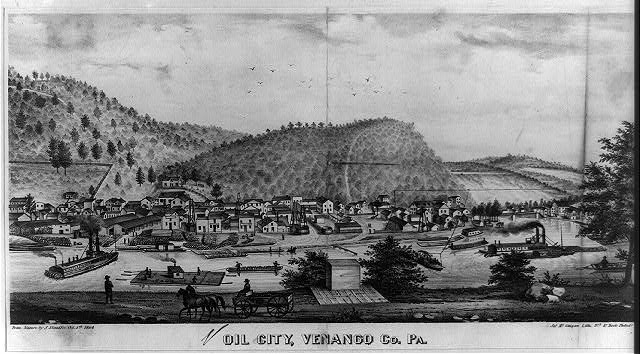
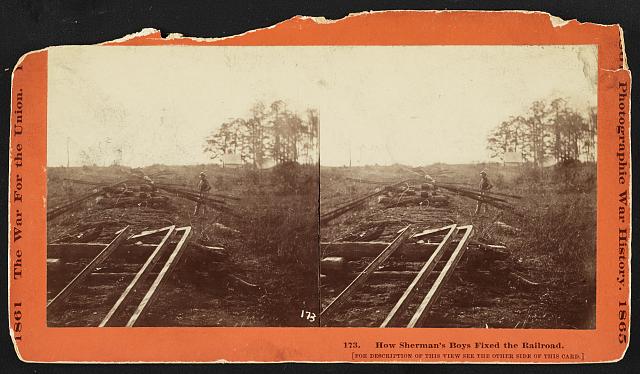
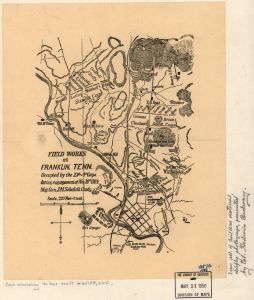
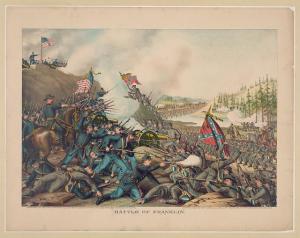
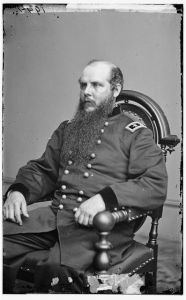

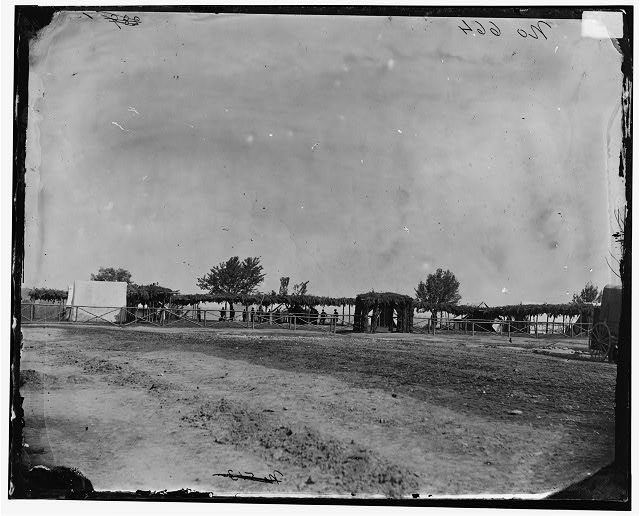
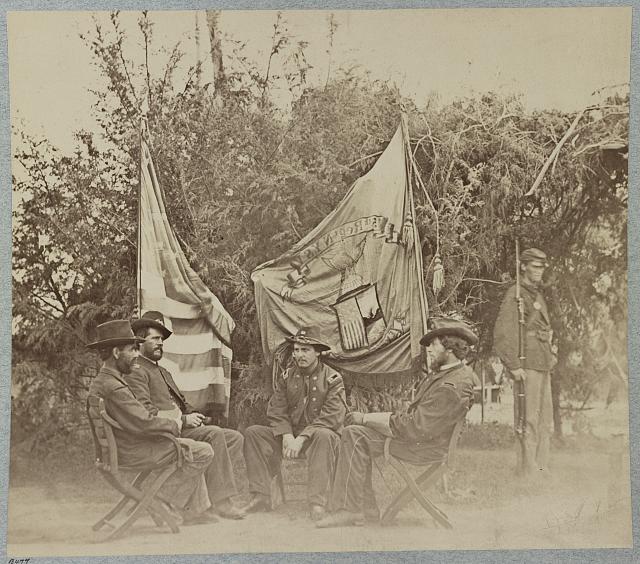
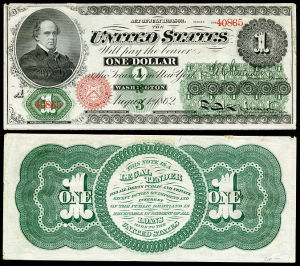
![[Atlanta, Ga. Gen. William T. Sherman on horseback at Federal Fort No. 7]; by Geore N. Barnard,1864; LOC:](https://www.bluegrayreview.com/wp-content/uploads/2014/12/03379r-252x300.jpg)
